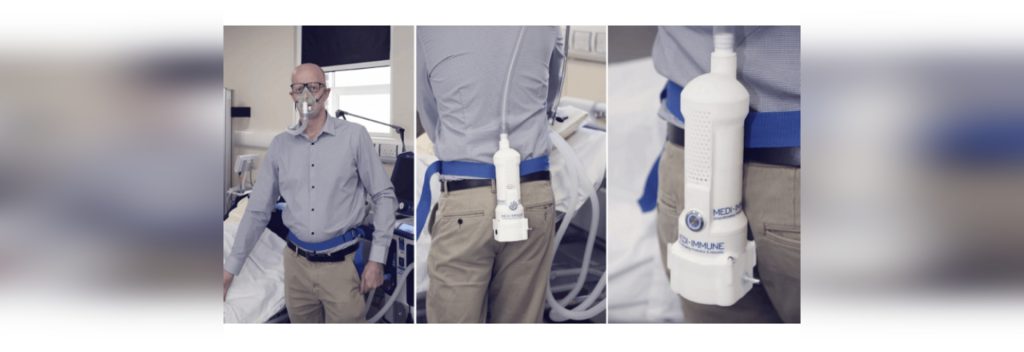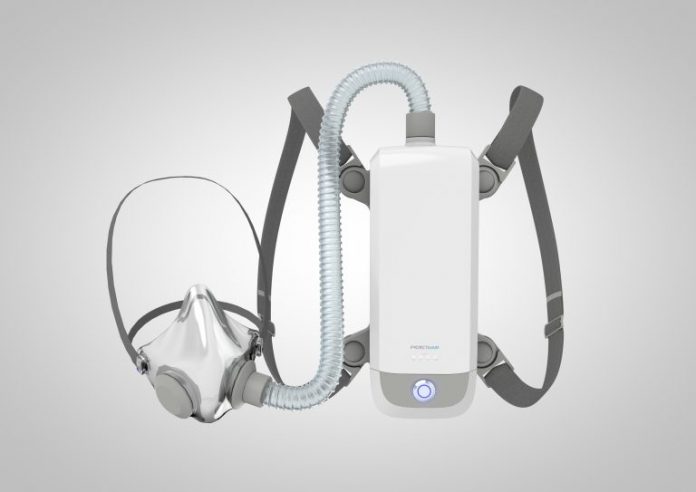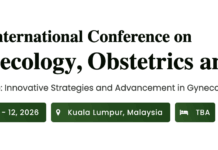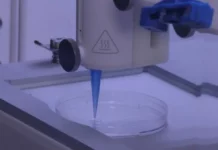The recent pandemic and the history of the influenza virus has made one fact quite evident that airborne infections or droplet infections spread like fire in the forest.
It is high time to purify the air we inhale! Especially when the environment is potentially contaminated with a lot of pathogens, such as within the premises of hospitals or exposed enclosed spaces.
First responders, healthcare professionals, Aircraft workers, and passengers are more exposed than the others; therefore, to save the lifesavers from these infections, there is a dire need to purify the air.
ProtectivAir® is a wearable device enabling the user to breathe filtered air. A breathing device, recently designed by a UK-based firm Medi-Immune, uses UVc light to sterilize and disinfect inhaled air and protect wearers against airborne pathogens. This device has been specially designed for healthcare personnel and other individuals more exposed to airborne pathogens.
ProtectivAir® protects the users against airborne pathogens, potentially including SARS-CoV-2 (COVID-19).
ProtectivAir®, a 235mm x 92mm x 90mm, filter-free, wearable device, has a nose and mouth mask that connects to a small irradiation chamber via a flexible hose. The small chamber can be worn as a belt or harness. The shell of the chamber is impact-resistant.
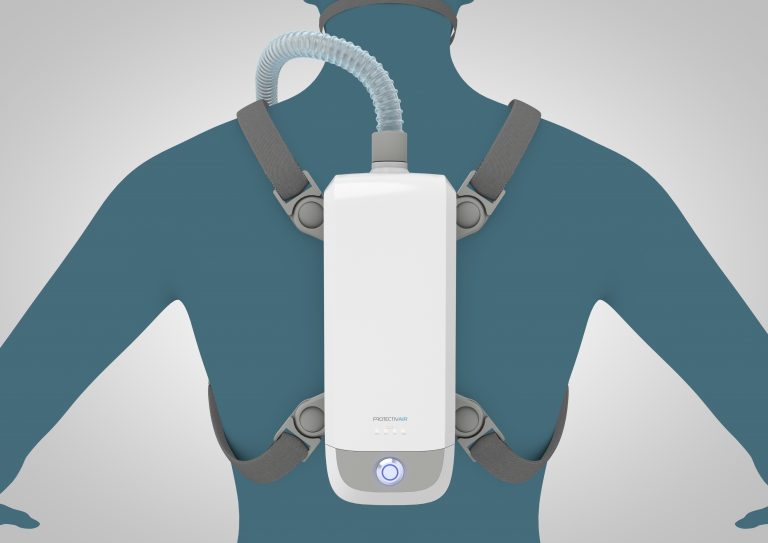
Image Source: Medi-Immune
It is battery-operated. The battery life is between 4 to 6 hours, rechargeable and hot-swappable, with low charge warning indicators.
This wearable sterilizing PPE device provides immediate protection against pathogens. Even if the airborne pathogen mutates or is unknown, ProtectivAir® successfully protects the wearer as the protection is independent of the pathogen’s genome constitution. The device uses UVc to damage the pathogen’s RNA or DNA, thereby preventing its replication and potential infection.
This technology has been confirmed in tests at Public Health England, Porton Down. The participants of the study were able to comfortably and efficiently wear the ProtectivAir® device while carrying out the tasks proficiently. The participants labeled the device “user-friendly” and “more comfortable than other current masks”. There is a complete success rate of 100% for the representative end-users.
